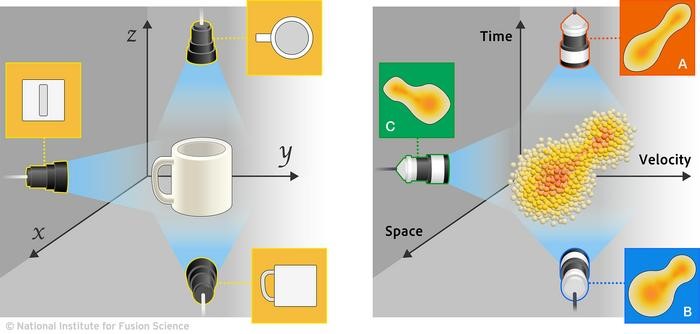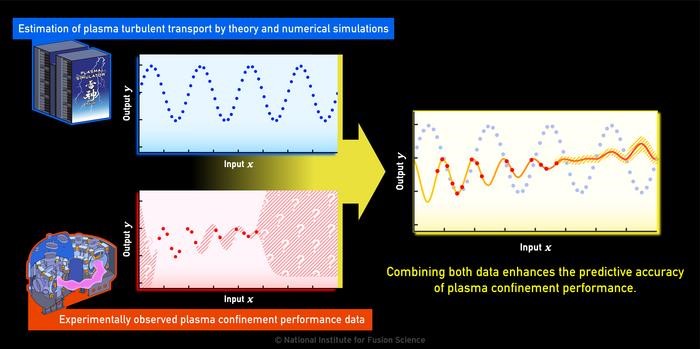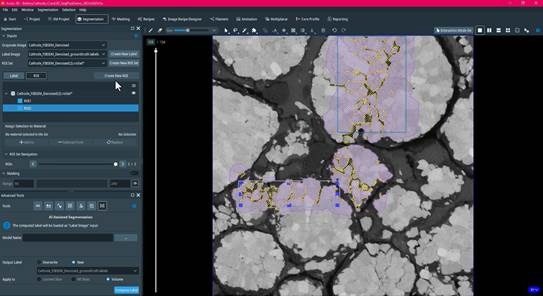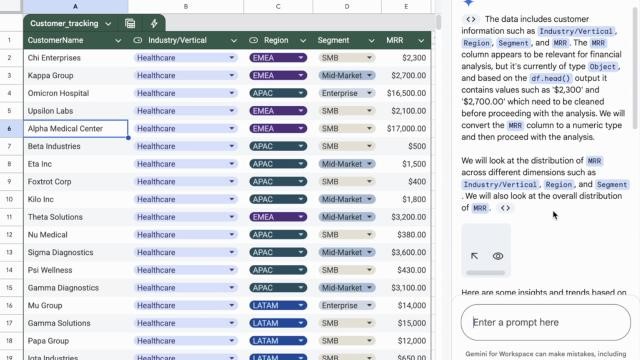A New Linux Kernel Tweak Could Reduce Data Center Power Consumption by As Much As 30%
In polling mode, the application continuously requests and processes data, maintaining an ongoing cycle. In contrast, interrupt-driven mode allows the application to conserve energy and resources by "sleeping" until network traffic triggers it to wake up and process the data.

Figure 1. New Linux Kernel Tweak Could Cut Data Center Power Consumption by Up to 30%.
Karsten explained in an email to Network World that this new mechanism wouldn't impact old-school multi-user, multi-process servers running numerous small applications simultaneously, but it shouldn't cause harm either. However, it could be beneficial in data center scenarios where servers run a limited number of dedicated applications, often handling substantial network traffic. These applications can be linked to specific cores and transmission queues in the NIC. Figure 1 shows New Linux Kernel Tweak Could Cut Data Center Power Consumption by Up to 30%.
When network traffic is heavy, polling mode is the most efficient for optimal performance. But during light traffic, interrupt-driven processing is more effective. Using only polling in light traffic wastes resources and energy, while relying solely on interrupts becomes inefficient during heavy traffic. The key energy savings come from switching between polling and interrupt-driven modes, depending on network traffic levels. This dynamic adjustment allows servers to benefit from the strengths of both modes.
Damato elaborated in the patch cover letter that the new delivery mode optimizes performance by preventing softIRQ execution from interfering with application processing during busy times. It works with blocking epoll_wait to save CPU cycles when the system is idle. This alternating between busy and idle periods ensures that throughput and latency remain close to full busy polling, while CPU utilization stays lower and similar to interrupt mitigation.
To enable this feature, Karsten noted, a small adjustment to applications and a configuration setting on the system are necessary.
A recent modification to the Linux kernel has the potential to cut data center power usage by up to 30%. This tweak optimizes the way servers handle network traffic by dynamically switching between polling and interrupt-driven processing modes, depending on the network load. The tweak aims to improve energy efficiency without compromising performance, making it especially useful in modern data center environments.
Polling Mode vs. Interrupt-Driven Mode
In polling mode, the application continuously requests and processes data from the network, even when there is little or no traffic. This results in high resource usage and energy consumption during idle periods. In contrast, interrupt-driven mode allows the application to "sleep" when there is no network activity, conserving resources and energy. The system wakes up only when there is relevant traffic to process.
When Each Mode is Most Effective
Polling mode is most effective when network traffic is heavy. By constantly checking for data, the system ensures optimal throughput. However, this comes at the cost of higher resource consumption during times of low traffic. Interrupt-driven mode works best when traffic is light because it reduces unnecessary processing. The key to efficiency is dynamically switching between these modes based on traffic volume.
How the New Mechanism Works
The new Linux kernel mechanism automatically detects the volume of network traffic and adjusts the processing mode accordingly. During periods of low network activity, the system enters interrupt-driven mode, saving energy. When traffic spikes, it switches to polling mode to maintain high performance. This dynamic adjustment ensures that the system is always using the most efficient processing mode for the current conditions.
Implementation and Benefits
To enable this feature, only minor changes to applications and a configuration setting are required. The impact is substantial, with potential energy savings of up to 30% in data centers. By reducing CPU utilization during idle periods and optimizing performance during heavy traffic, this tweak helps improve energy efficiency while maintaining high throughput and low latency. This change is especially beneficial for servers that handle large volumes of network traffic, such as front-end and back-end servers in data centers.
Source: NETWORKWORLD
Cite this article:
Priyadharshini S (2025), A New Linux Kernel Tweak Could Reduce Data Center Power Consumption by As Much As 30%, AnaTechMaz, pp.102















